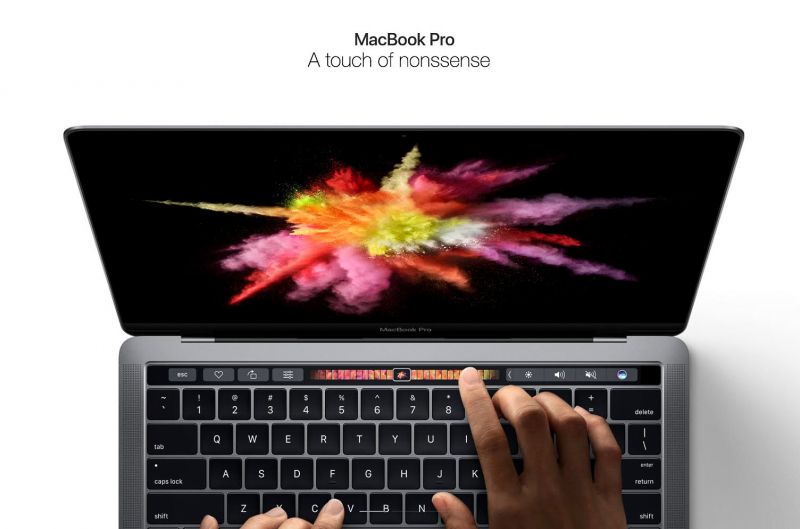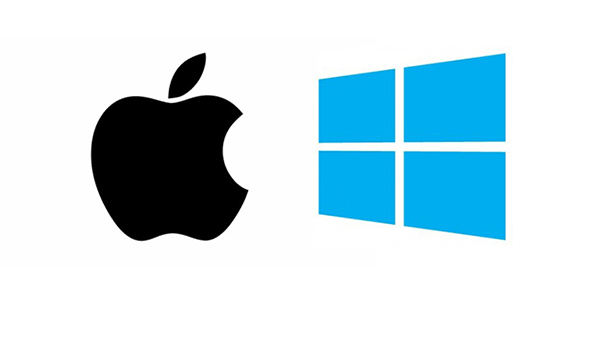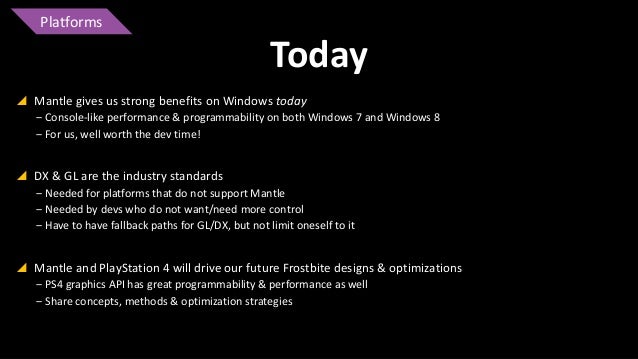Electronic Prepress Mac And Windows Workstations Major
- Electronic Prepress Mac And Windows Workstations Major 10
- Electronic Prepress Mac And Windows Workstations Major Store
So you’ve got the gearbut do you have the software to lay it all down with? You can’t paint without a canvas. Perhaps you’re looking to switch to a more popular, supported digital audio workstation? Some say it’s all about the musician and that the recording software doesn’t matterwe agree, but to a certain extent. Give somebody like DJ Premier or Danger Mouse a vintage Boss drum machine and they can probably still make a hit.
However, in our opinion you need the proper software to give you the full capabilities of the song you’ve worked so hard on building inside of your head — something to really transfer those ideas into a reality. You also need to optimize your workflow to simplify the process of making music so you don’t even have to think anymore — you can just create. With that being said, picking the best DAW can be dependent on a few factors. Let’s review the top 10 best digital audio workstations out today and help you pick which DAW is best for you. What is a digital audio workstation (DAW)? A is basically a blank piece of paper and the necessary paint brushes for an artist to create their works of art on.
All you need to bring is some sounds, your talent, and most of all, your creativity. A DAW is a computer program designed for editing, recording, mixing and mastering audio files. You can record your various instruments, MIDI controllers and vocals, lay down the tracks, rearrange, splice, cut, paste, add effects, and ultimately finalize the song you’ve got cooking for the world to hear. Professional, semi-pro and home studios use DAWs as their backbone for making music if their main focus is to have a digital setup.
Aside from those who use real instruments, we do know of some well-known musicians who still use analog setups, such as and with real mixing boards and the like, but a majority of people nowadays are strictly computer-based or at least have a hybrid studio to incorporate both (why not?). This trend only continues to grow as technology advances. Aside from a computer or of course, a DAW is the most important piece of you’ll need to get the ball rolling for those masterpieces waiting to be created. How to choose your production software To us, choosing your DAW is like picking which soda to drink. Either way you go, it won’t necessarily be wrong especially in this day and age.

As you can see in the comments, this decision brings much debate (rightfully so, and we’re glad it does since it allows us to continue to evolve and learn about music production as a whole — keep them coming). However, taking into consideration your personal needs is very crucial. Here are some important aspects to keep in mind during your search that we recommend.
Your budget – We always list this first in our music equipment guides because it’s a pretty big given, but it’s always something to think about. Our opinion and mind state is to think of this as an investment. Typically a 4-5 year and beyond one (like buying a car), so you’re going to want to get it right. We’ve been using our DAW now for more than 10 years! Why fix what isn’t broken? With that being said, there is always out there you can check, but we do recommend that if it takes saving up a few more hundred dollars, it’s worth it to wait. You want to think long-term, but before you do drop that money most of these companies offer free trials (which we’ll provide).
What is your experience level? If you’re starting out, you don’t want to get too crazy in terms of a DAW, such as going with Pro Tools right away (they have entire created for this software after all). You want to start with something that you can easily understand and use in order to get your music-making skills going. In that case, we’d recommend our newly published guide.

Getting an expert-level software from the start can not only take months to learn but also be daunting, ultimately discouraging producers from continuing to sharpen their craft. Don’t get us wrong, if you’re the type to want to go big right away, be our guest. However, as stated in our article, we do recommend starters begin with something a bit smaller. On the other hand, if you’re a bit more experienced and you’re looking to take a step up, going the extra yard and getting an expert-level software such as Pro Tools may be hard at first, but an ultimate investment when thinking of the future. Which brings our next point. The ever-popular debate of will always be a relevant one.
If you already have your music computer, great. Otherwise, you’ll of course need to invest in a powerful enough rig to support the DAW that you end up choosing after reading this article, which will always entail you choose your operating system afterwards. If you want our opinion — it doesn’t matter.
Electronic Prepress Mac And Windows Workstations Major 10
We’re more if Windows types of people, whereas our friend we just worked with a few weeks ago says Mac only. This is entirely subjective. What will really come down to the choice is if you don’t have your OS yet and have already picked software to use. Some software come Mac-only, whereas others (and most, for that matter) work with both. We’ll let you decide this one!. Think about the future, too – If you are a beginner, take the previous bullet-point into consideration, but keep the long-term in mind as well. Starting with a beginner software is great for right at the beginning, but it may get boring after your first year or two and you need to keep in mind that you’ll eventually be good enough to use more functions of the software.
For children or youngsters, starting at a beginner-level is most recommended, but if the DAW you chose at first has a low ceiling, you’ll eventually have to make a switch and learn an entirely new software (it’s what I did with Acid ProI had to eventually move on to Ableton which took me some time to learn — although I did understand the universal basics of music software, so it wasn’t too bad). We’d go with something in the middle – a software that will take some time to learn, but will ultimately offer some valuable advanced features down the road when you’re ready. Although in the end, even the “beginner” programs could last you quite a long time (well-known musicians still use software considered to be ‘entry-level’ such as FL Studio). Do you perform live? A few of the software we list are more optimal for performing live, such as giving us some easy integration with, control surfaces and other live performance-specific gear and features. Gets a bit more tricky and you’ll want to make sure all of your tools flow well together. Regarding software, there are some more live-tailored features in some DAWs, such as saving presets, matching the interface with what you’ve got in front of you, etc.

Some are just more geared to live performances, while others being for when you’re deep inside of the studio well-past midnight. Ultimately however, any software is fine for performing live. Stick with what you’ve chosen – The more familiar you become with software you’ve picked, the quicker and easier you workflow is, the more confident you become, and ultimately, the better your music sounds. Think you’ve learned a DAW to its fullest?
Learn it again. Look into hot keys, extensions, etc.
Electronic Prepress Mac And Windows Workstations Major Store
You want to be able to immediately put an idea into play to keep that work flow going. Join message boards or subreddits about the software to brainstorm with others. The more you know about your software, the easier it is to get those thousands of ideas circulating in your brain during your production onto the piece of paper. It’s an investment, but once it’s as smooth as butter, pumping out that music becomes even more beautiful as times goes on (it almost becomes second nature, such as driving a car). Don’t fix what isn’t broken. Relax! It’s 2018 — the digital age is here, and most of the production software out there is up-to-date and very popular. Either way you go with the 10 we’ve listed, you’re getting lifetime support, huge communities with message boards, and YouTube tutorials on any of the software you choose.
You can’t really go wrong with one or the other, even if you’re a beginner. So don’t panic. There are also many similarities with software so if you do end up switching to a different DAW later down the road, it won’t be completely foreign. Our picks for the top 10 best music creation software Below is our list for top 10 best DAWs out there.
Take into consideration the level you’re currently at, where you plan on being for the future as well as the overall capabilities you’re looking for. Visit their website or the purchase link we provide for more information. We also tried to throw in the free trials and a few video overviews.
We hope this guide has helped continue your music creation journey — keep the questions and comments coming at the end of the guide, we’ve really enjoyed the discussions throughout the years. If you’re looking for some smart device DAWs instead (some, but not many, home studio artists are starting to go with this route due to convenience, although we still don’t recommend it right now), check out our article since we made a separate guide altogether for that subcategory. Recommended level: All levels Operating system: Mac or Windows Full versions ( ) Since it’s introduction in 1999, has been steadily growing as a very popular DAW and for good reason.
We know we’ve gotten scrutiny for listing it first, and everybody is entitled to their opinions. However, we feel this is the best digital audio workstation for most of our readers.
Here’s why (and just a few reasons, considering it would take days to explain the power of this) — you’ve got the standard multi-track recording (an unlimited number of audio/MIDI tracks for songs) and cut/paste/splice features, but what’s especially great about this software is the seamless MIDI sequencing software and hardware. We’ve had so many fusses with our MIDI controllers getting mapped to our sounds through the DAW (back when we used Acid Pro in 2005-2010), but ever since the switch to Ableton it’s been extremely headache-free. Another huge plus is the included sound packages included.
Although this really depends on your preferences and whether or not you have your gear and sounds up to speed, it comes with 23 sound libraries (about 50 GB of sounds), so you can make music right out-of-the-box (great for starters). To finish off our description for the beloved Ableton, this thing is the absolute best music software for performing live with. We’ve experienced very few glitches (the biggest fear of performersit can make or break a set). What’s even better is that Ableton has paired up with some brands to create gear specifically for the program, often matching interfaces with the software for easier pairing and remembering of sounds. Although this is an extremely simplified summary of the software, you can’t go wrong with Ableton Live, regardless of your “level” (how do you even categorize that?). We recommend trying it first to see what it’s all about — you then have two versions (intro for about a hundred bucks or standard for half a G — try intro first before you go all the way up).
Casio ctk 6200 review. The CTK-651 is an older board that uses 5-pin DIN MIDI-IN and MIDI-OUT connections. It does not have the 'To Host' USB connection of the newer boards for connection to a computer.
Recommended level: Beginner and up Operating system: Windows only This is one of the best DAWs for those looking to start out and get their feet wet in the music making world. Has been out and about for quite some time, being one of the most popular software to date. It’s got your standard protocol with pitch shifting, correction, time-stretch, cut, paste and the works, but it’s interface is especially well-suited for the beginner. It’ll take a little bit of reading to start going, but once you’ve got the hang of it you’re good to go. There are plenty of YouTube videos out there dating back to 2005 giving tutorials for pretty much any feature you need explained. Their latest version includes over 30 synth software for out-the-box usage, so if you’ve just purchased a controller and want some sounds to start fiddling with you don’t have to spend much money. You can use MIDI keyboards, record into it with a, do your standard editing and mixing — it just gives you what you essentially need in music software with a simple interface.
There are some advanced features as well, so once you become familiar with it you can delve further into these to attain a solid learning curve for the future, too. It’s very user-friendly, especially with adding some virtual instruments and playing them on MIDI. Another perk is it works great with PC or Mac. The retail price is also a lot lower than others out there, so it’s definitely budget-friendly. We’d recommend getting this if it’s for somebody younger as well. What made this program famous in our opinion and still does is the fact that today (if anybody is a fan like us).